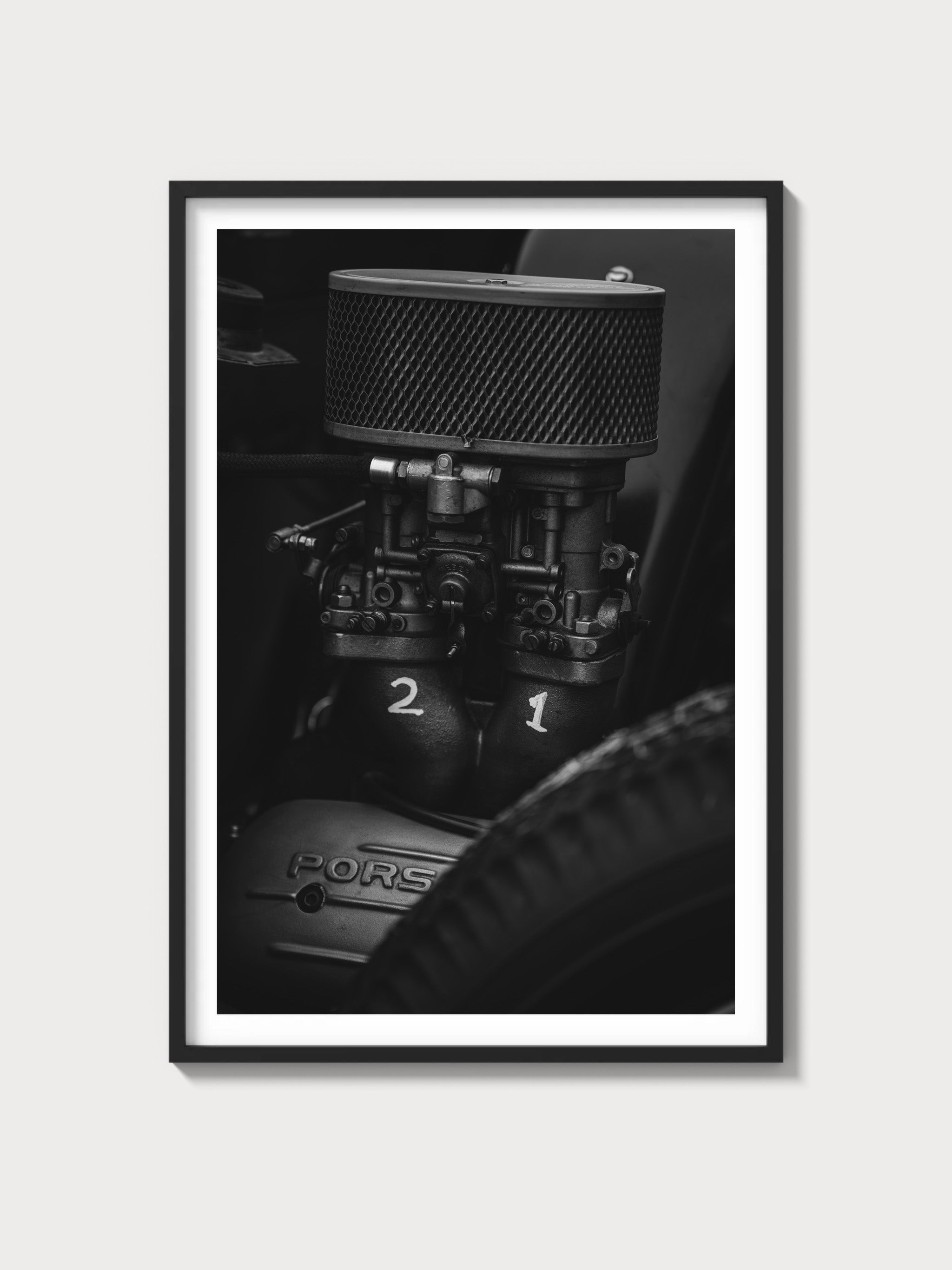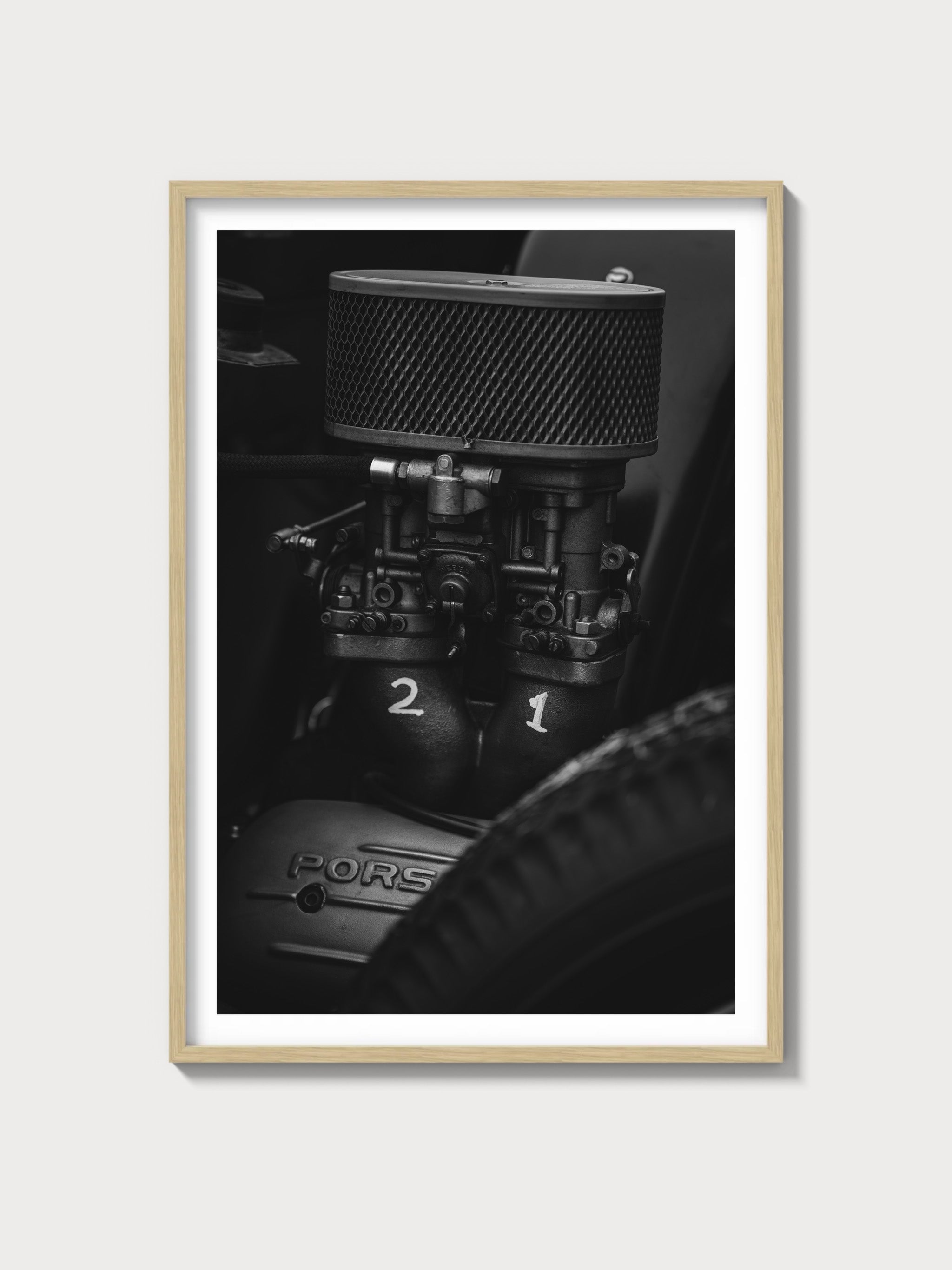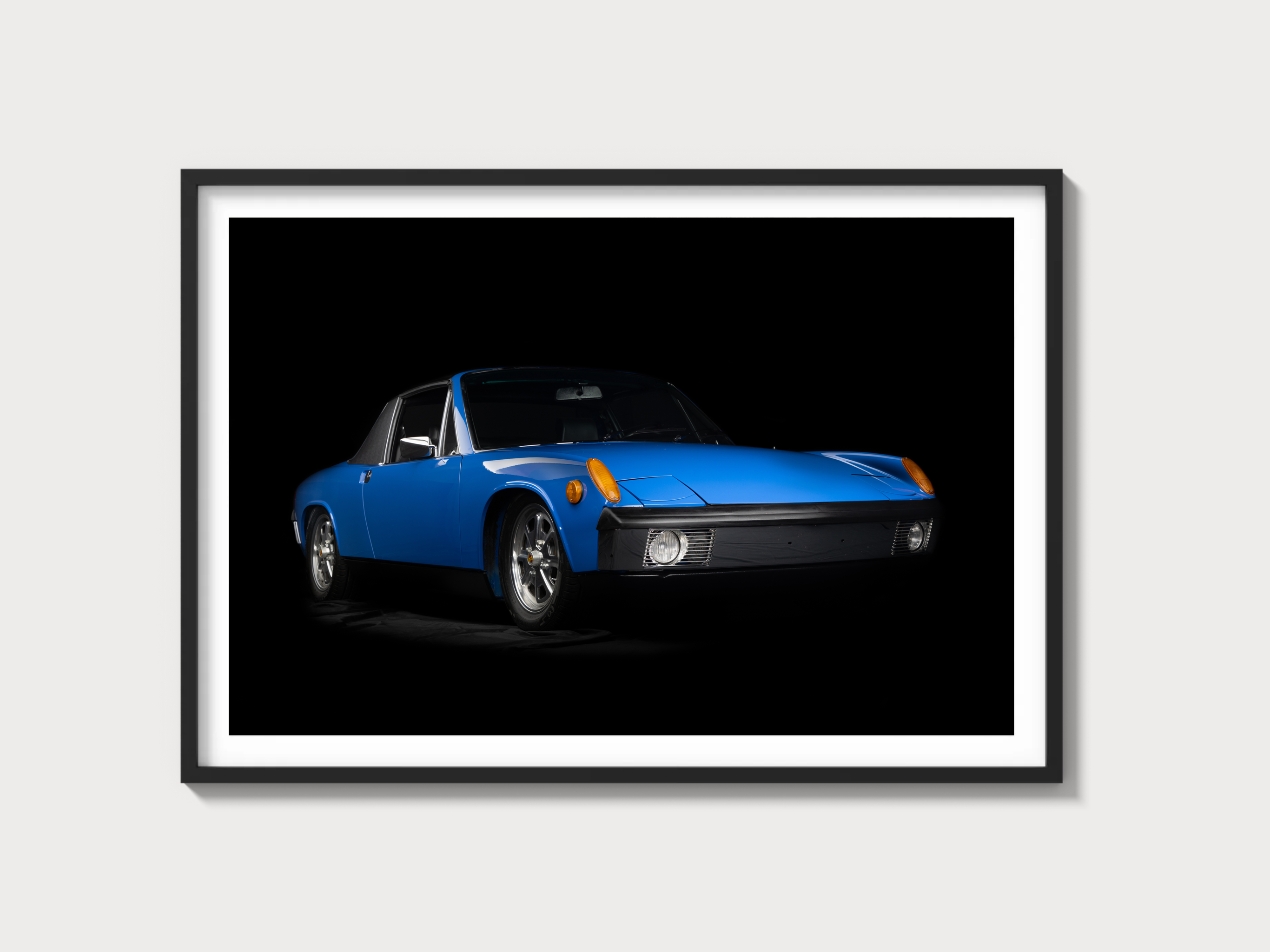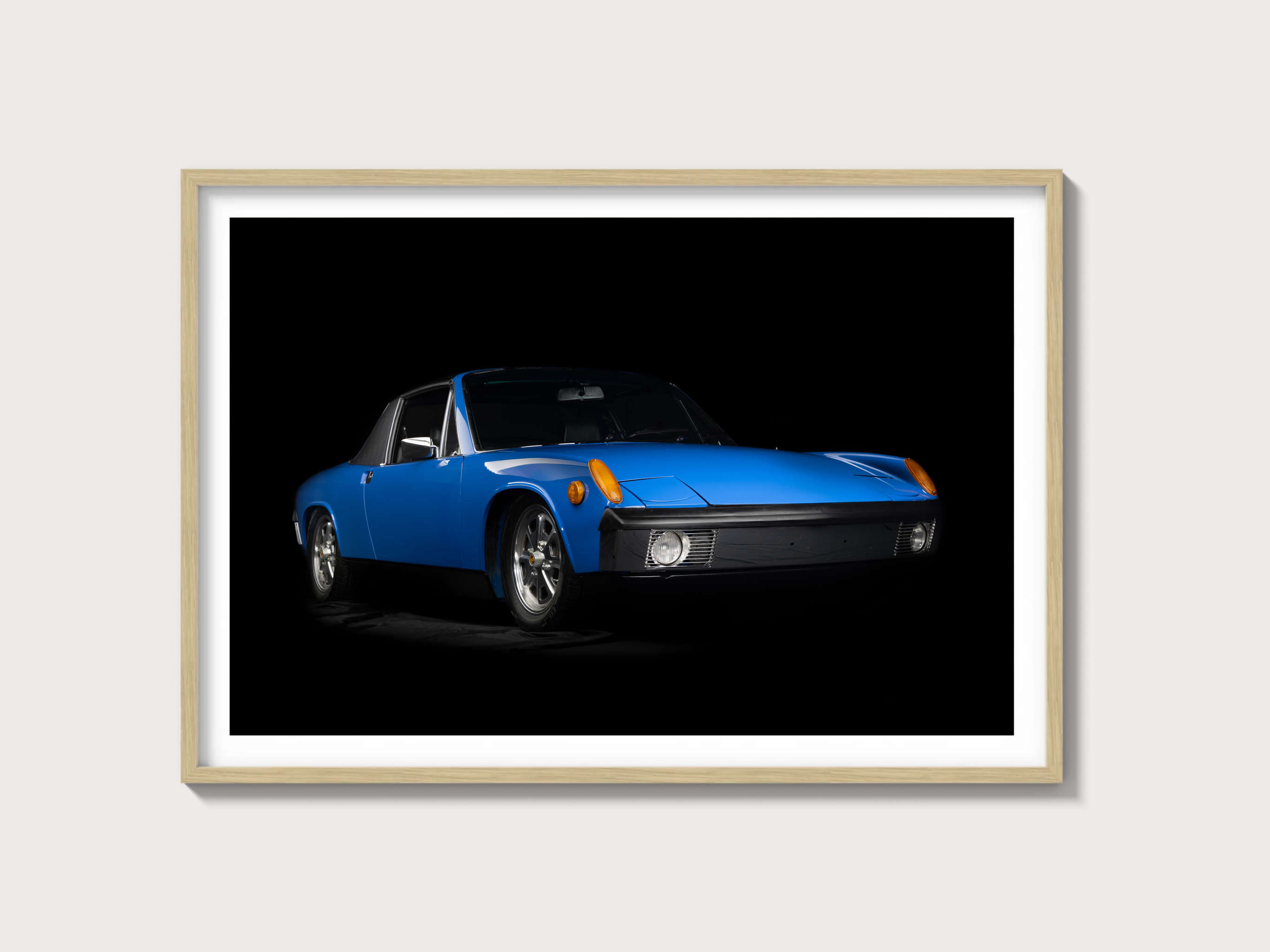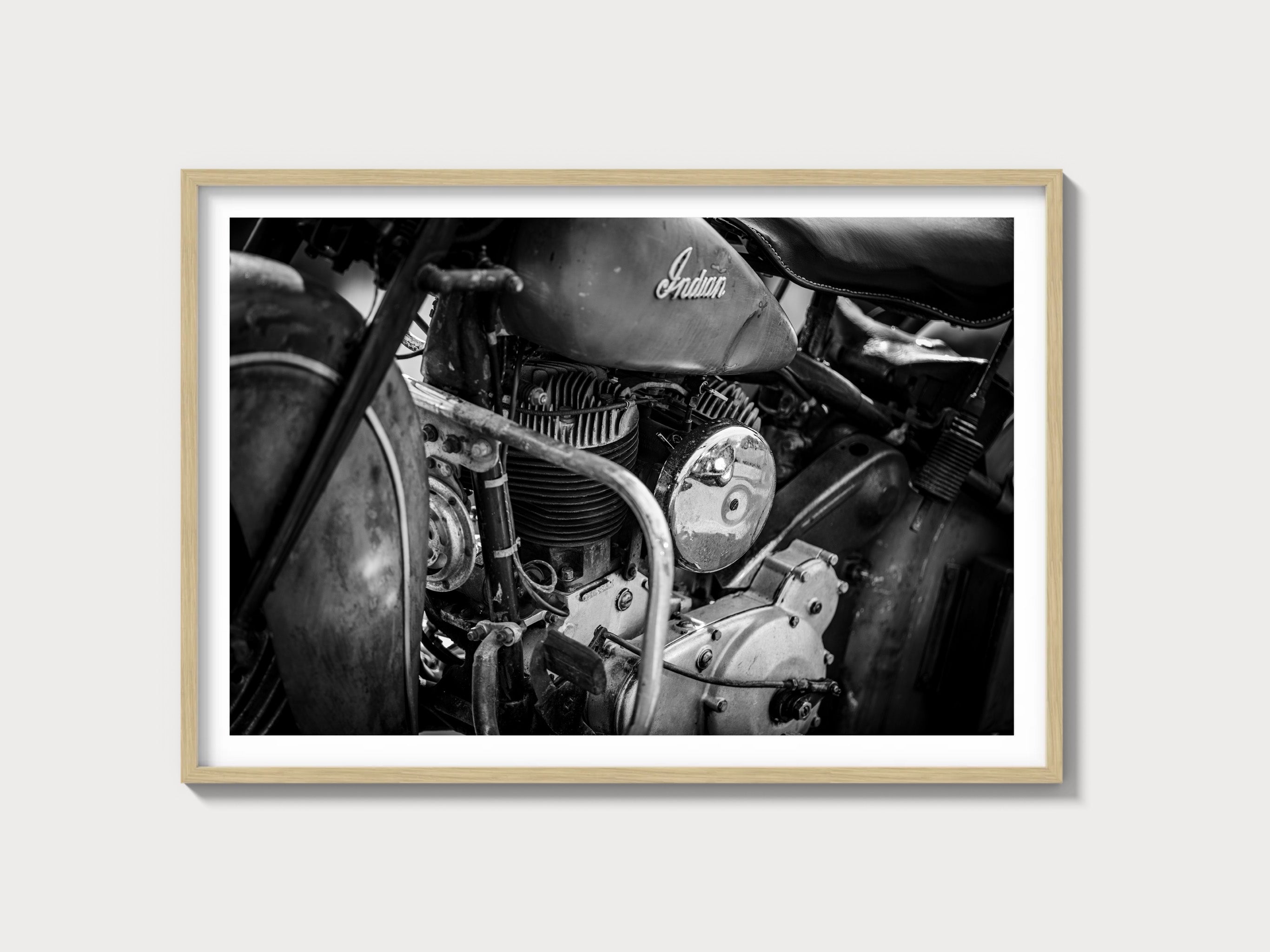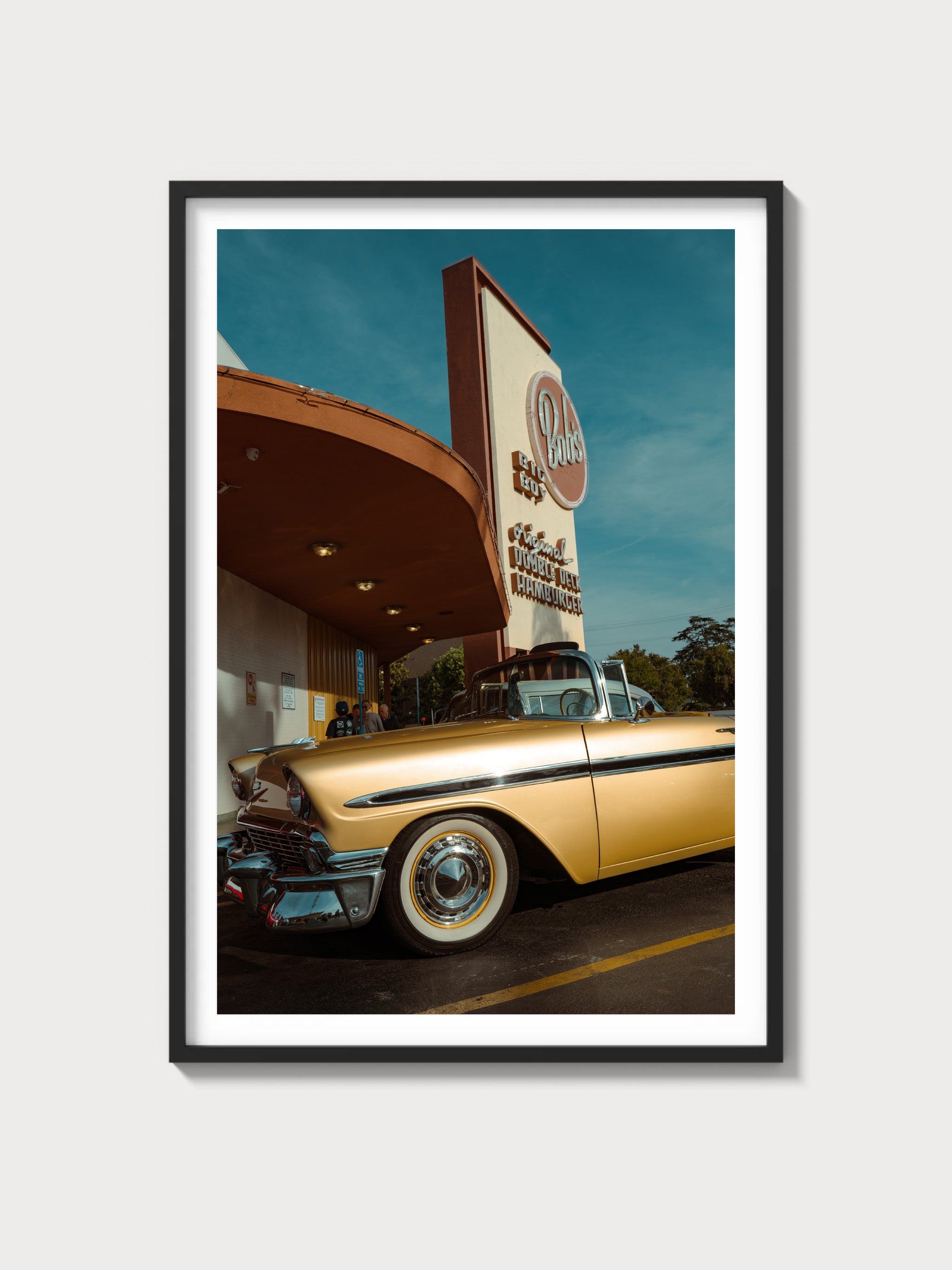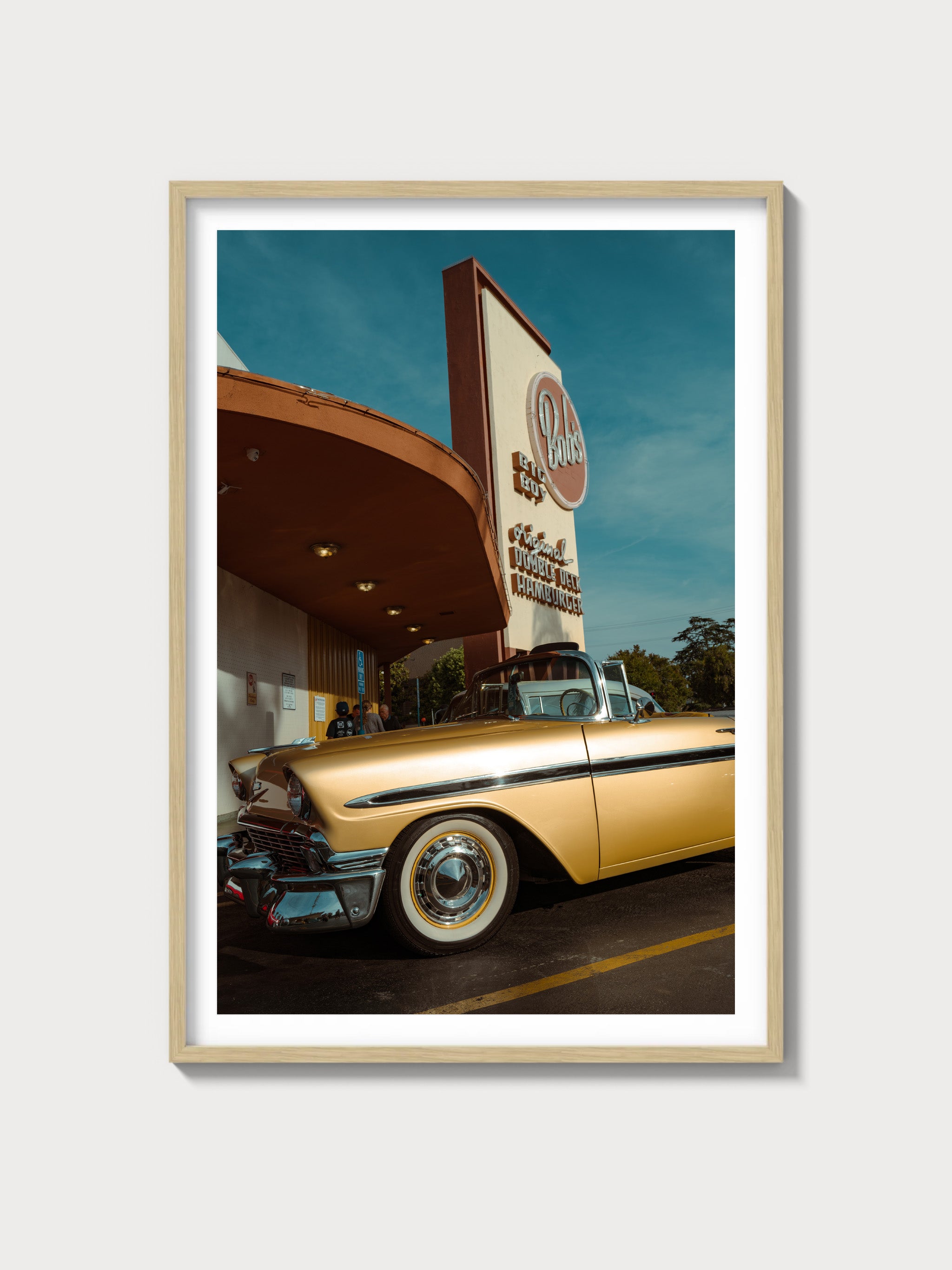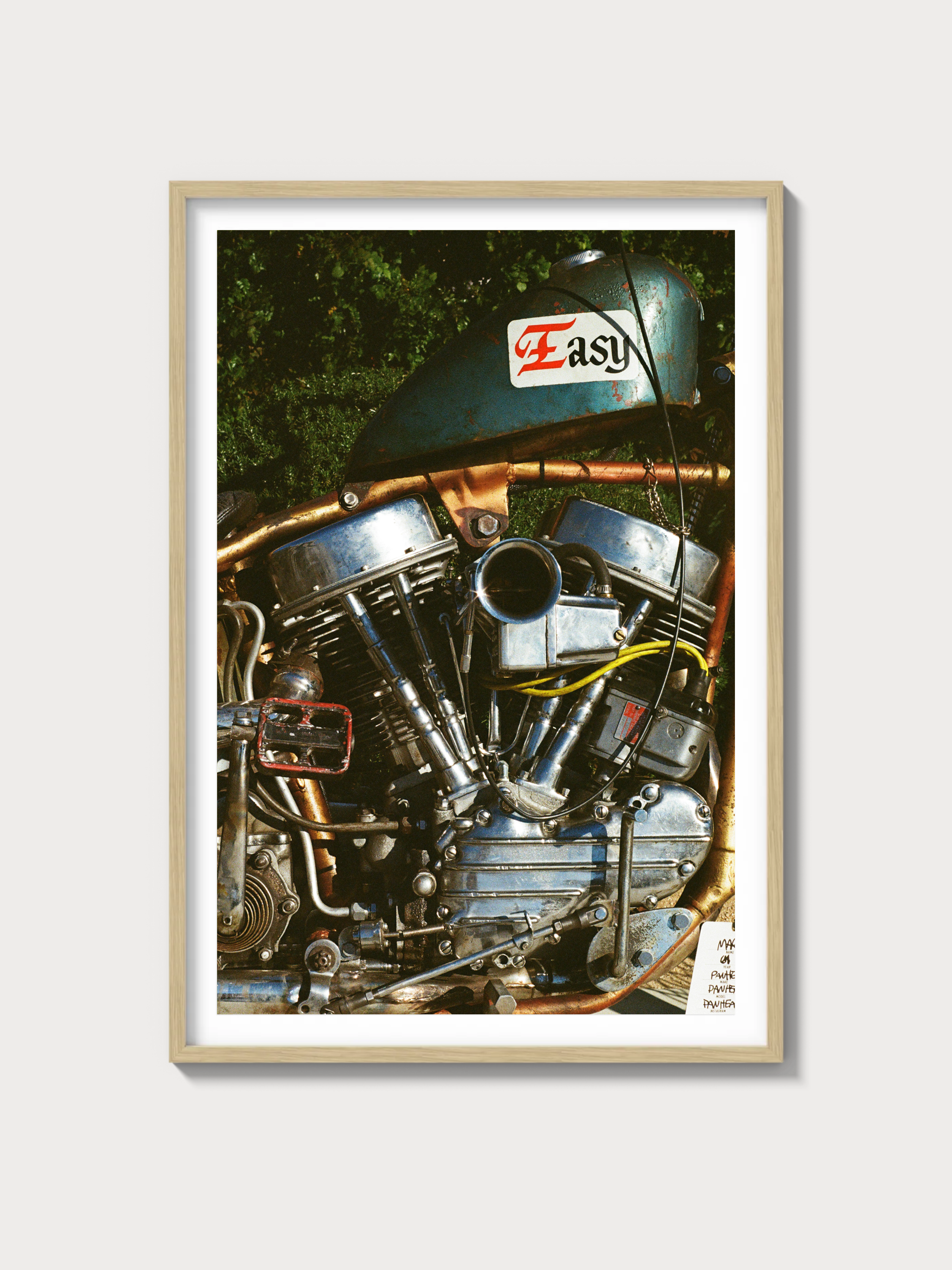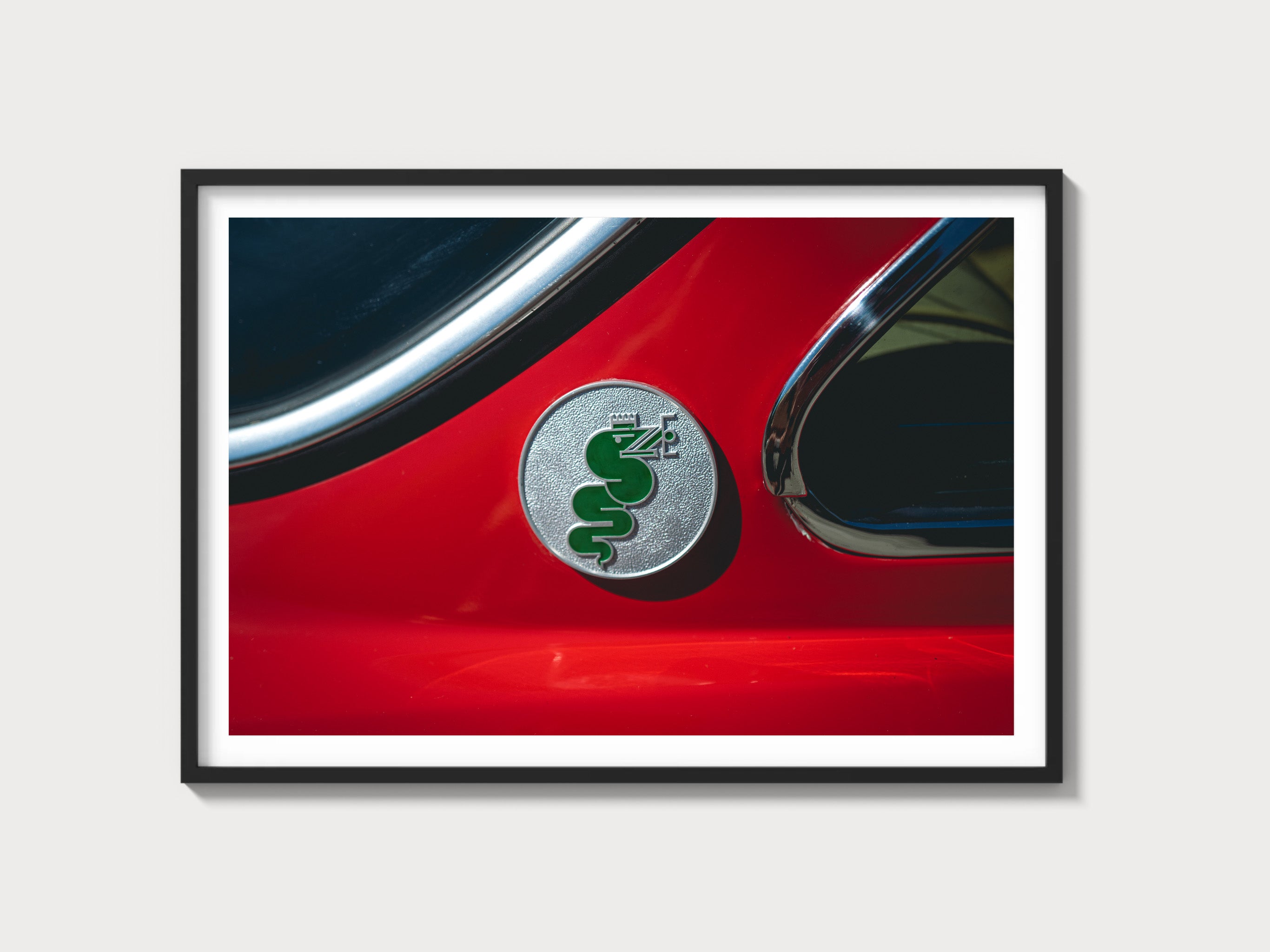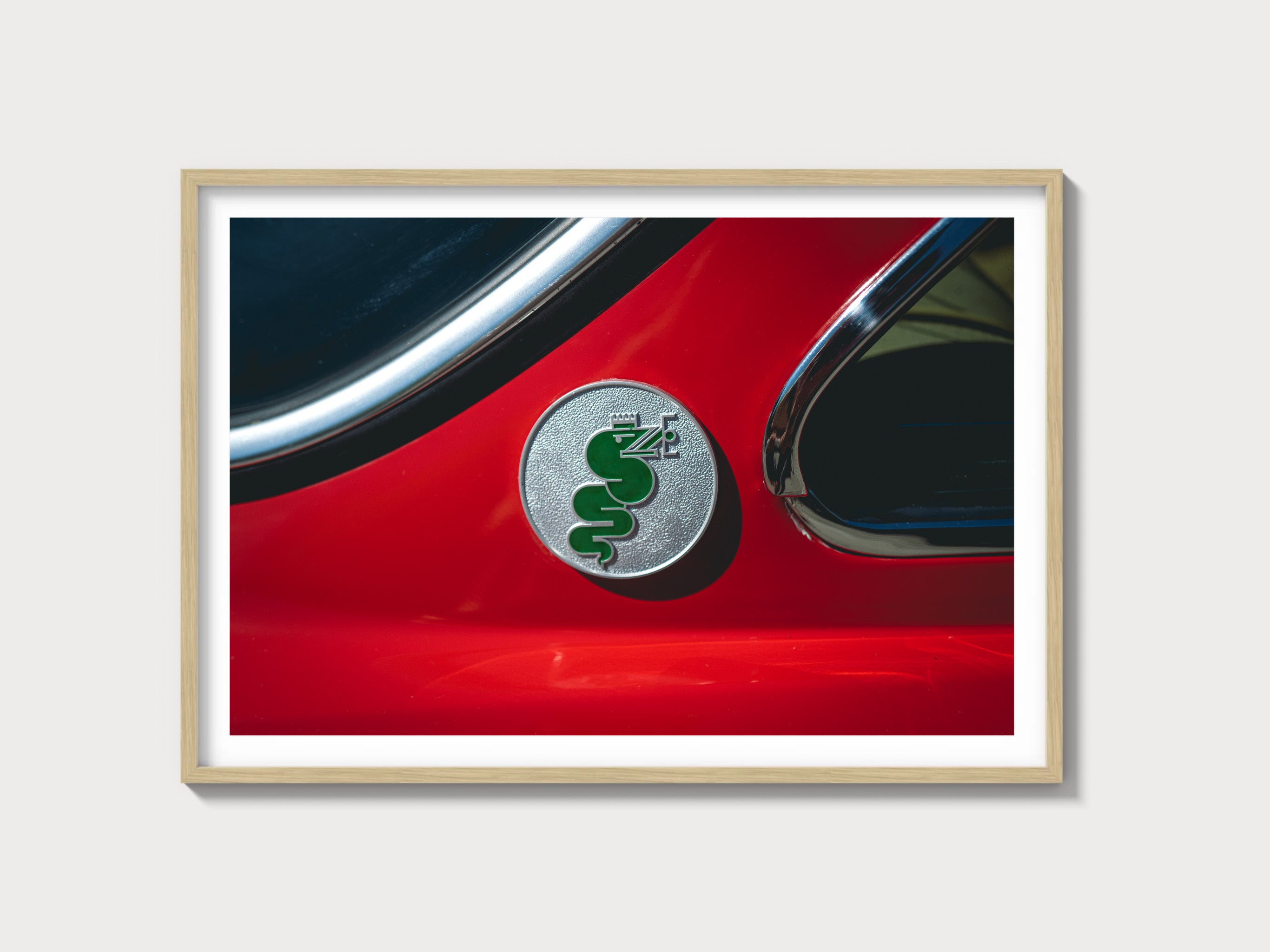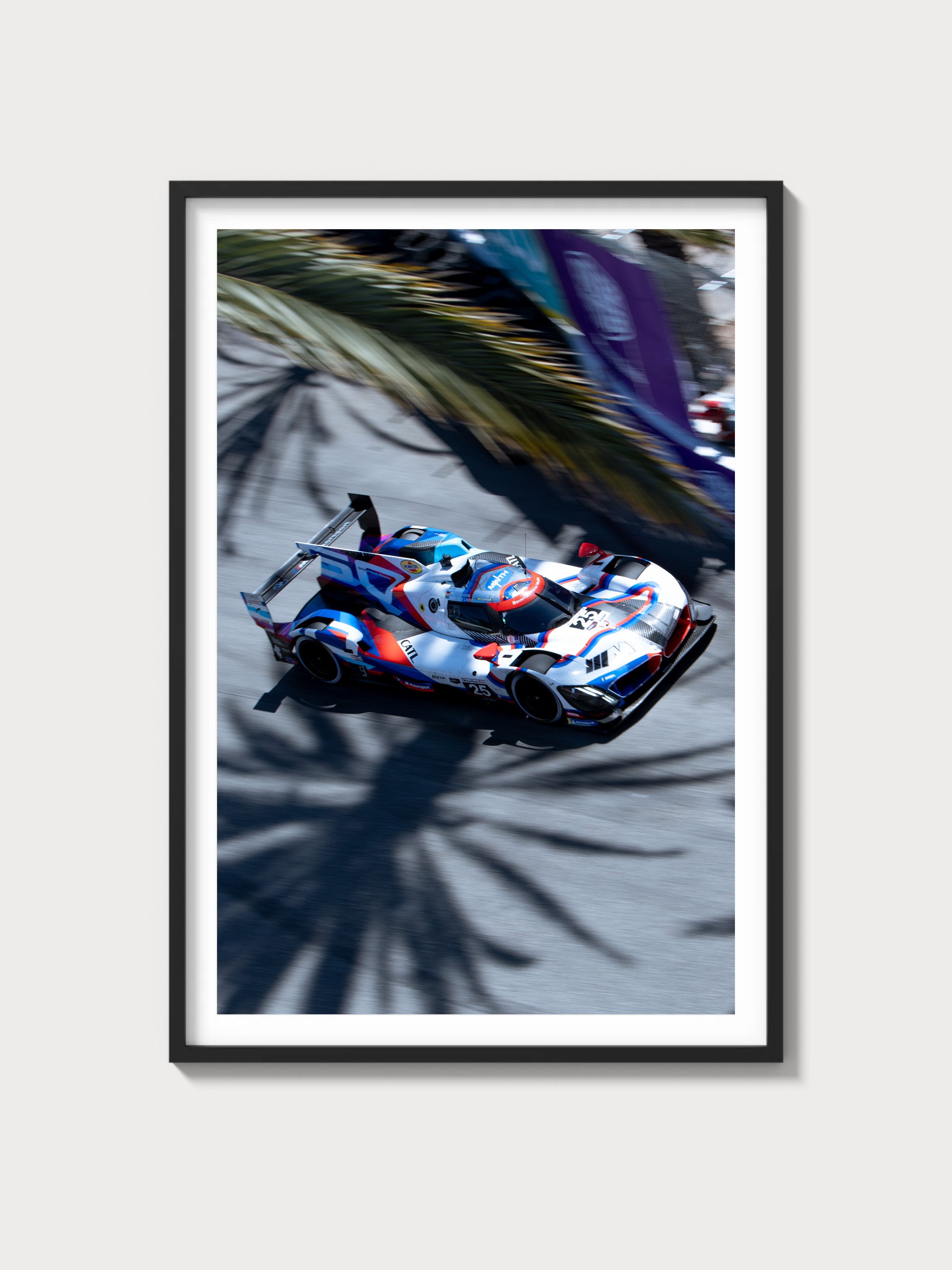Ferrari 250 GTO: The Definitive History, Specs, and Legacy
Introduction: Ferrari’s Racing Masterpiece
In the storied lineage of Ferrari’s 250 series, the 250 GTO, introduced in 1962, stands as the ultimate racing icon—a grand tourer turned homologation special that redefined motorsport excellence. Powered by a 3.0-liter Colombo V12, this model saw just 36 units crafted by Scaglietti, each a lightweight marvel under Pininfarina’s design. Evolving from the 250 GT SWB Berlinetta and 250 GT TdF, the GTO (Gran Turismo Omologato) was built to dominate the FIA GT Championship, securing Ferrari’s legacy.
The year 1962 was a high-water mark for Ferrari, its racing triumphs—250 GT California SWB, 250 TR—fueling road and track innovation. Unveiled at Ferrari’s Maranello press conference in February 1962, the 250 GTO became a legend. This exhaustive history, penned with a Ferrari historian’s precision, delves into its technical brilliance, its racing dominance, its iconic styling, and its monumental legacy.
Historical Context: Ferrari’s GT Supremacy
The Ferrari 250 GTO emerged during a fiercely competitive era for Maranello. By 1962, Ferrari’s racing pedigree—400 Superamerica’s luxury, TdF’s GT wins—had elevated its stature, yet the FIA’s new GT regulations demanded a road-legal racer. The 250 GT SWB Berlinetta’s success (1959-1962) set the stage, but rivals like Jaguar’s E-Type Lightweight and Shelby’s Cobra loomed. The GTO, homologated with 100 units claimed (though only 36 were built), answered, blending track ferocity with street legality.
Thirty-six Series I units were built (1962-1963), followed by three Series II (1964) with revised bodies—all Scaglietti berlinettas. Chassis 3413GT, the prototype, debuted at Sebring in March 1962, its aerodynamic form a testament to Giotto Bizzarrini and Sergio Scaglietti’s genius. This was a car for racing legends—Phil Hill, Jo Schlesser—its limited run securing Ferrari’s GT crown amid Italy’s 1960s motorsport surge.
The broader context of 1962 shaped its mission. The FIA GT Championship pitted Ferrari against Jaguar, Aston Martin, and emerging American marques. The GTO’s lightweight chassis and potent V12 made it a track titan, its homologation a strategic triumph.
Technical Specifications: The Colombo V12’s Racing Zenith
The Ferrari 250 GTO’s essence was its 3.0-liter Colombo V12—a race-tuned engine optimized for competition. Below, we dissect its engineering with historian’s rigor.
Engine: Colombo’s 3.0-Liter Apex
Displacing 2,953 cc (bore 73 mm, stroke 58.8 mm), the GTO’s V12 matched the SWB’s unit but was refined for racing. With a single overhead camshaft per bank, a 9.2:1 compression ratio, and six Weber 38 DCN carburetors, it produced 300 horsepower at 7,500 rpm—20 hp more than the SWB California. The aluminum block and heads, dry-sump lubrication, and 60-degree V-angle weighed 265 lbs, delivering 205 lb-ft of torque at 5,500 rpm.
This engine was a racing marvel. Chassis 3527GT, a Series I model, hit 310 hp with high-lift cams, its dry sump ensuring track reliability.
Performance: Track-Bred Speed
The GTO reached 174 mph (280 km/h)—verified by Autosport’s 1962 test—outpacing the SWB’s 158 mph, with a 0-60 mph time of ~6.1 seconds. Its power-to-weight ratio (316 hp/ton) crushed the SWB (269 hp/ton), its lightweight body amplifying its agility.
Chassis and Suspension: Racing Precision
The chassis was a tubular steel ladder frame, weighing 950 kg (2,094 lbs)—lighter than the SWB’s 1,040 kg due to its aluminum body and stripped design. Its 2,400 mm wheelbase matched the SWB, but stiffer coil springs and Koni shocks honed its handling. Front suspension used double wishbones, while the rear featured a live axle with Watt’s linkage, tuned for track dominance.
Transmission and Brakes: Competition Control
A 5-speed manual gearbox—synchronized—drove the rear wheels, its ratios (1st: 2.60, 5th: 0.92) favoring acceleration. Braking relied on 14-inch Dunlop disc brakes, delivering 1.1g deceleration—a benchmark for its era.
| Specification | Details |
|---|---|
| Engine | 3.0L V12, 300-310 hp @ 7,500 rpm |
| Displacement | 2,953 cc (73 mm x 58.8 mm) |
| Top Speed | ~174 mph (280 km/h) |
| 0-60 mph | ~6.1 seconds |
| Weight | 950 kg (2,094 lbs) |
| Transmission | 5-speed manual |
| Suspension (Front) | Double wishbone, coil springs |
| Suspension (Rear) | Live axle, coil springs, Watt’s linkage |
| Brakes | Hydraulic discs, 14-inch |
Design and Styling: Scaglietti’s Aerodynamic Art
The Ferrari 250 GTO’s aesthetic was a blend of function and beauty, crafted by Scaglietti under Pininfarina’s vision.
Exterior: Sculpted for Speed
Scaglietti built all 36 GTOs—chassis 3413GT featured a low nose, triple vents, and a Kamm tail, finished in Rosso Cina. Series II (e.g., 5571GT) adopted a wider, flatter profile in 1964. The 2,400 mm wheelbase kept it compact, aluminum bodies minimizing weight.
Interior: Spartan Focus
The cockpit was a racer’s lair: leather bucket seats, a wood-rimmed steering wheel, and Veglia gauges—tachometer (8,000 rpm redline), speedometer, oil pressure. Raw and purposeful, it prioritized performance over luxury.
Production and Variants: A Racing Rarity
The Ferrari 250 GTO’s 36-unit run (1962-1964) spanned two series: 33 Series I (1962-1963) and 3 Series II (1964). Chassis 3413GT launched the line, while 5575GT closed it, overlapping with the 330 GTO. All were competition-focused berlinettas.
Performance and Racing Legacy: A Dynasty of Triumph
The Ferrari 250 GTO racing history is a litany of glory. Chassis 3527GT, driven by Phil Hill, won the 1962 Targa Florio. Chassis 3757GT took the 1963 Le Mans GT class and the 1962-1964 FIA GT Championships. Its lightweight chassis and 300 hp V12 dominated tracks worldwide, cementing Ferrari’s racing supremacy.
Ownership and Market Value: The Holy Grail
The Ferrari 250 GTO value reflects its rarity and victories. Early owners included Stirling Moss and David Piper. Today, prices soar from $50-70 million—chassis 3413GT fetched $70 million privately in 2018. Restoration costs—V12 rebuilds at $200,000—highlight its mythic status.
Cultural Impact: Ferrari’s Eternal Legend
The 250 GTO is Ferrari’s crowning jewel, its design and victories defining the marque’s golden age. In motorsport lore, it’s the car of champions and collectors, a timeless symbol of Maranello’s genius.
Comparisons: Ferrari 250 GTO vs Rivals
The Ferrari 250 GTO vs Jaguar E-Type Lightweight pits 300 hp V12 against 340 hp straight-6—Ferrari led in handling, Jaguar in power. The Shelby Cobra (289 hp) matched in speed but not finesse.
| Model | Engine | Power | Weight | Top Speed |
|---|---|---|---|---|
| Ferrari 250 GTO | 3.0L V12 | 300-310 hp | 950 kg | ~174 mph |
| Jaguar E-Type Lightweight | 3.8L Straight-6 | 340 hp | 1,000 kg | ~170 mph |
| Shelby Cobra | 4.7L V8 | 289 hp | 1,068 kg | ~165 mph |
Frequently Asked Questions
What was the Ferrari 250 GTO?
A 1962 3.0L V12 race car.
How many were made?
36 units.
What engine powered it?
2,953 cc Colombo V12, 300-310 hp.
What races did it win?
Targa Florio 1962, Le Mans GT 1963, FIA GT 1962-1964.
What’s its value?
$50-70 million.




